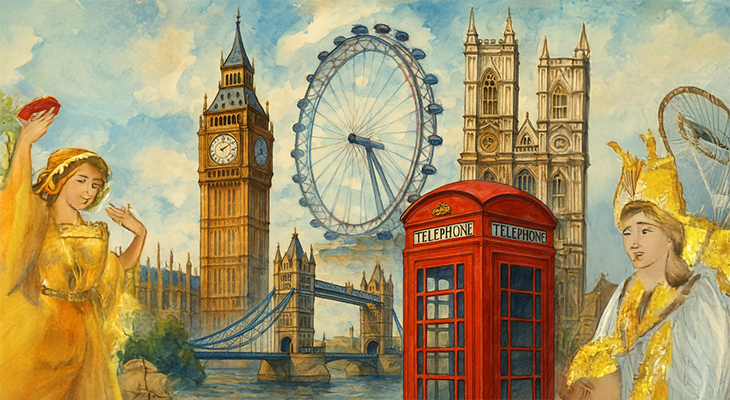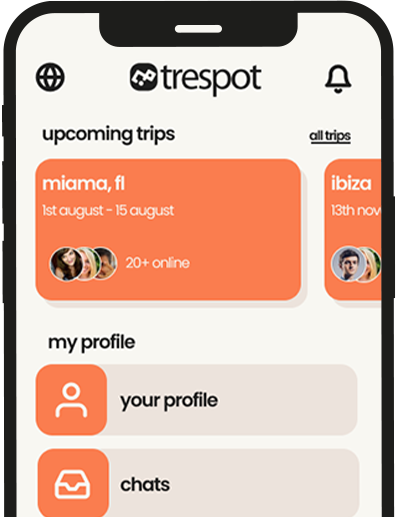Introduction: Why Timing Your London Trip Matters
Searching for the best time of year to visit London? Whether you're a traveler, explorer, or organizing a travel meetup, choosing the right season impacts your adventure. London’s weather swings from crisp spring blooms to lively summer festivals, glowing autumn foliage, and magical winter lights. In this guide, we break down each season—covering weather, crowds, iconic events, cost-saving tips, and unique local insights—so you can plan the perfect London experience, tailored to your style and priorities.
1) Weather, Crowds & Cost: The Big Three Factors
Weather Patterns
London’s weather is famously changeable, but each season brings its own charm. April to May and September to October offer mild days and moderate rain, while July is warmest (average highs: 23–25°C). Rainfall peaks in October/November, but showers are possible year-round.
Crowd Levels & Pricing
Summer (June–August) is busiest—expect packed attractions, higher hotel prices, and long lines. Spring and autumn mean fewer tourists and better deals, while winter (except Christmas) is the cheapest, with quiet museums and deeply discounted hotels.
Events & Festivals
Planning around iconic events like Wimbledon (late June/early July) or Notting Hill Carnival (August) can supercharge your trip—or make it pricier! See section highlights for event-specific advice.
2) Spring in London (April–May): Best Overall Experience
Spring is often rated the best time of year to visit London. Why? Mild temperatures, longer daylight hours, and parks in full bloom. Hyde Park, Kew Gardens, and Regent’s Park become Instagram gold. Events like Museums at Night feature late openings and special exhibits. It’s also a great value—flights and hotels are cheaper than summer, and most attractions are uncrowded.
Insider tip: Join a local walking tour or riverside café meetup for a more authentic, less touristy vibe. The city feels “woken up” but not overwhelmed.
3) Early Summer (June–Early July): Festivals & Sunshine
June to early July is London’s sweet spot for sun-seekers. Expect long, bright days (sunset after 9pm), lively pub gardens, and outdoor theatre. Must-see events: Wimbledon, Open Air Theatre in Regent’s Park, and the kickoff of BBC Proms concerts. It’s busy, but not as jammed as late July–August. Book accommodation and event tickets early.
Unique perspective: Plan a group picnic in Greenwich Park or along the Thames—locals and visitors alike celebrate summer outdoors.
4) High Season (Mid‑July–August): Peak Buzz & Events
London’s busiest months. Attractions like the London Eye and Tower Bridge see maximum crowds and highest prices. But you’ll catch the city’s legendary energy: Notting Hill Carnival (late August) is Europe’s largest street party, while the BBC Proms light up the Royal Albert Hall. Restaurants and markets stay open late, and the nightlife is at its peak. Expect queues and premium prices—but also world-class events you can’t find any other time.
Tip: Book local tours, off-the-beaten-track restaurants, and smaller neighborhood hotels early for a better experience.
5) Autumn (September–October): Shoulder Season Magic
September to October is ideal for value, beauty, and tranquility. The crowds thin, prices drop, and parks glow with golden foliage—Hyde Park and Richmond Park are top spots. Catch Dance Umbrella Festival and last-of-season outdoor concerts. The weather is comfortably cool (13–18°C) with the occasional shower.
Travel meetup idea: Join a food tour or photography walk—these months offer the best of both worlds for sightseeing and socializing.
6) Winter (November–February): Festive Lights & Bargains
London transforms in winter: festive lights, Christmas markets, ice skating at Somerset House, and cozy pubs dominate. Visit in late November–December for maximum holiday magic, but be ready for crowds and higher rates. For budget travelers, January–March is best: airfares and hotels are at their lowest, attractions are crowd-free, and museums offer special exhibitions.
Unique perspective: Explore museums, galleries, and classic afternoon tea spots for a warm, local winter experience.
7) Month-by-Month Quick Guide
| Month/Season | Weather | Crowds | Best For |
|---|---|---|---|
| January–March | Chilly, damp | Very low | Budget, empty museums |
| April–May | Mild, blooming | Moderate | Parks, outdoor walks |
| June–Early July | Warm, long days | Rising | Festivals, city life |
| Mid‑July–August | Warm, possible rain | Peak | Carnival, summer buzz |
| September–October | Crisp, cool | Low | Foliage, value trips |
| November–December | Chilly, festive | Moderate | Christmas, winter lights |
8) Traveler Profiles: Who Should Visit When?
- Families: Spring or early autumn for mild weather and fewer lines.
- Couples: Winter holidays for romantic lights or autumn for scenic strolls.
- Solo travelers/meetups: Shoulder seasons for easy socializing and authentic city vibes.
- Budget explorers: January–March and September–October for top value deals.
9) Unique Insights: Off-Peak Local Perks
- Locals often travel in August, so some neighborhoods are quieter post-Carnival.
- Hidden museums, galleries, and indie theatres host special off-season shows in winter and autumn.
- Pubs and restaurants are friendliest in shoulder and off-peak seasons—strike up a conversation!
10) Pros & Cons by Season
| Season | Pros | Cons |
|---|---|---|
| Spring | Flowers, mild, value | Some rain |
| Summer | Festivals, sun, long days | Busy, expensive |
| Autumn | Foliage, low crowds, deals | Occasional showers |
| Winter | Cheap, festive, empty sites | Cold, early sunsets |
Quick Takeaways
- April–May and September–October balance great weather, cost, and crowd levels.
- Summer is best for events—book early and budget extra.
- Winter is for savings, museum visits, and festive cheer.
- Adjust your timing to match your interests and budget for the ultimate London experience.
Conclusion
The best time of year to visit London depends on you! For flowers and open parks, spring rules. For festivals and vibrant city life, go early summer. Autumn means value, fewer crowds, and glowing parks, while winter is perfect for deals, culture, and holiday magic. Plan ahead and pick your vibe—London is unforgettable in every season!
Have your own London timing hack or favorite season? Share your experience below or with the Trespot travel community!
FAQs - Best Time to Visit London
The lowest crowds are January–March and mid-September–October, when tourism dips and prices drop.
January, February, and early March—expect major hotel and flight deals, plus fewer crowds at attractions.
April–May and early July are mildest and sunniest—great for sightseeing and outdoor meetups.
Wimbledon (late June/early July), Notting Hill Carnival (August), BBC Proms (summer), Christmas markets (Nov–Dec), and New Year’s Eve fireworks.
Spring and autumn shoulder seasons—mild weather, fewer tourists, and lots of local events perfect for group gatherings.



